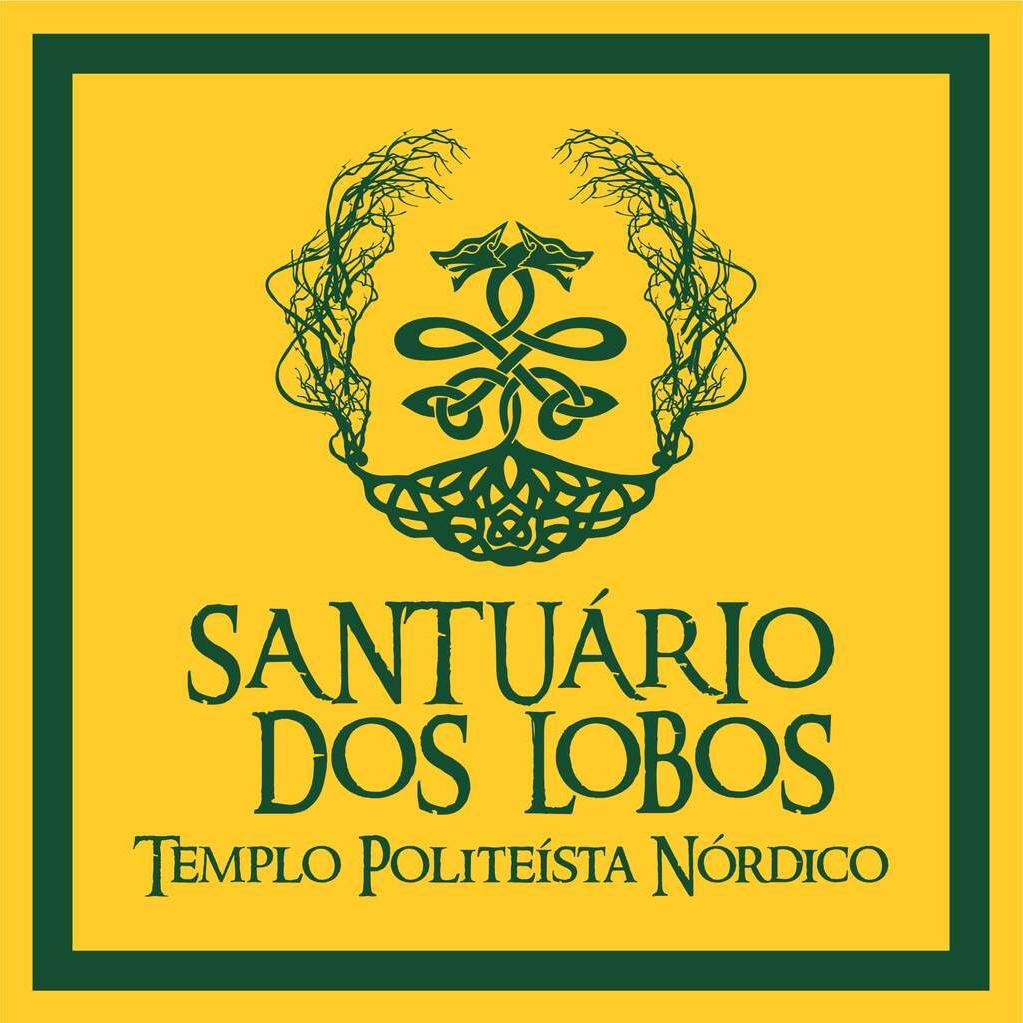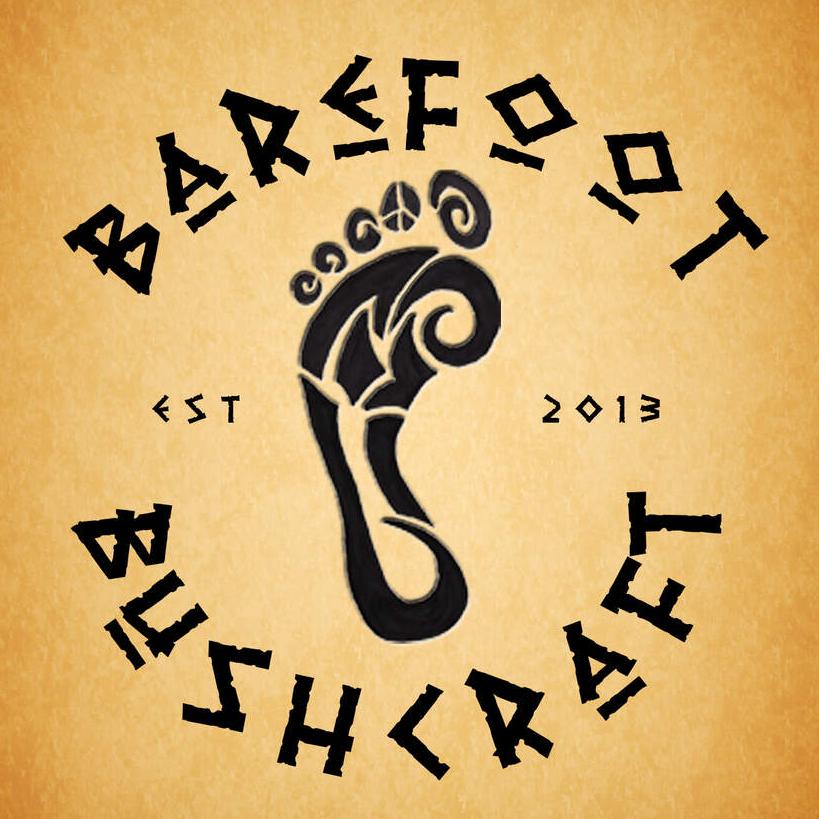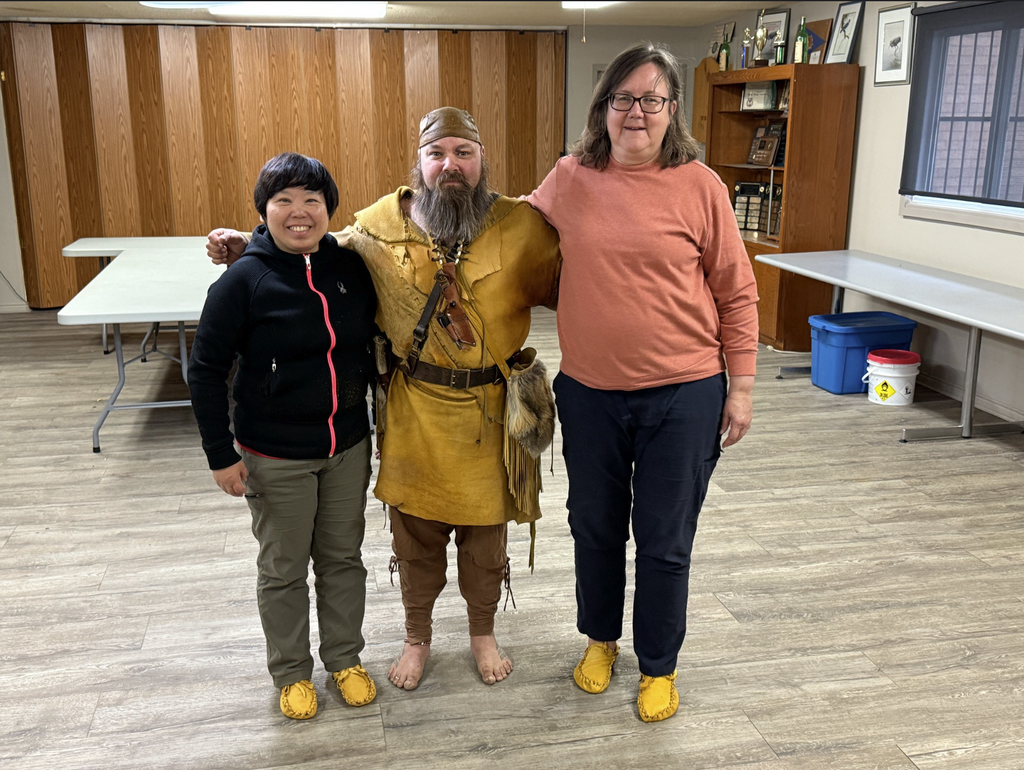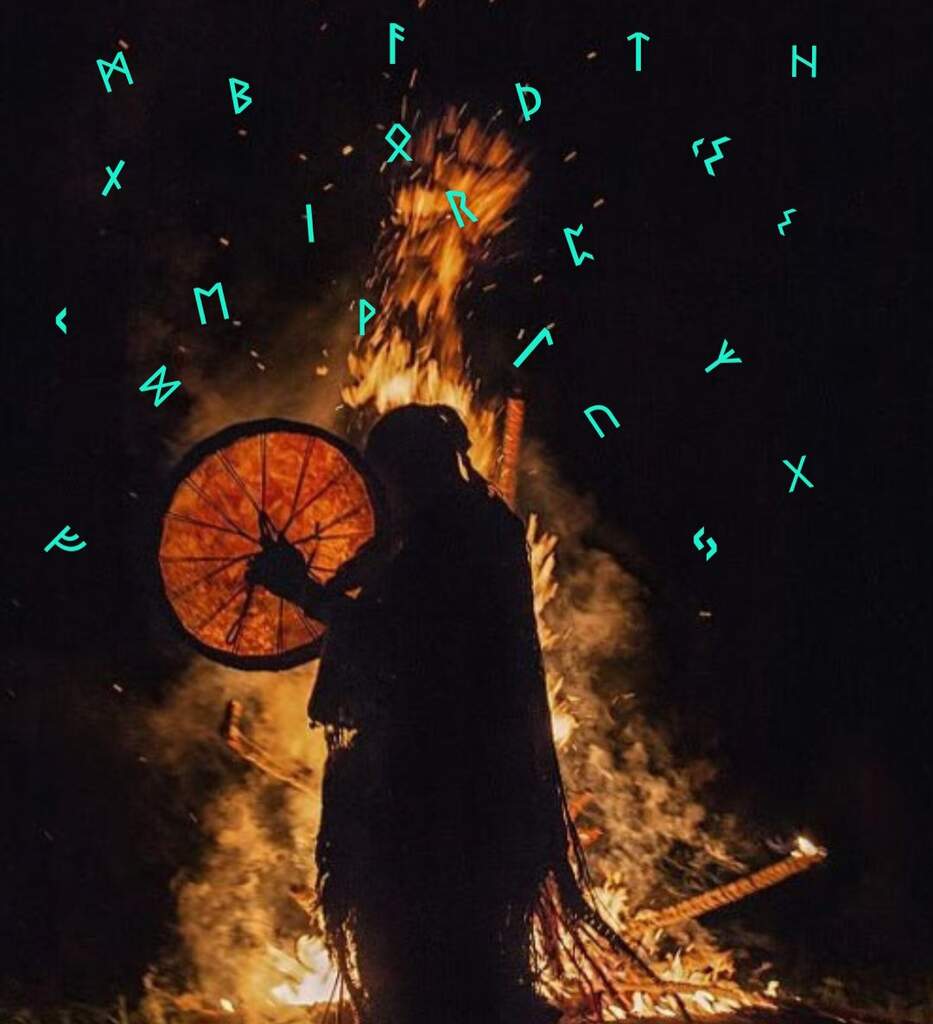Are the Giants “Evil”? Understanding the Concepts of the Jotuns
We move away from Western-Christian conceptions, but they do not move away from us. They remain rooted within us for the rest of our lives, even after we abandon such concepts and philosophies—often involuntarily.
In recent weeks, Netflix finally released a long-awaited series: Ragnarok. It adapts Norse myths and faith to modern times, theoretically set in a future after the Twilight of the Gods, had it already occurred.
In the series, gods and giants clash, disguised as "ordinary" people in a fictional town named "Edda."
Several debates have emerged. One revolves around the Jotuns, considered enemies of the gods. But does that make them "evil"? Should we equate them to "demons," as Christians might?
In Norse/Germanic paganism, they are called Landvaettir—ancestral spirits of nature. It is customary, upon arriving at a new location far from urbanization, to leave an offering for these ancient entities, as they likely dwell there. We believe this fosters a positive relationship with them. We do not necessarily need to worship them as we do the Aesir and Vanir, but respect and reverence are advised, for they are beings of great unpredictability. They represent chaos, unbridled energy—the antithesis of the gods.
If there is a dichotomy, it is this: the gods embody organized force and justice; the Jotuns, wild and untamable power. Yet, one needs the other, and they coexist. Myths of gods marrying giantesses illustrate this balance. There are also tales of giants celebrating and collaborating with the gods, such as Aegir hosting the Aesir in his hall. Delving deeper, ALL OF US descend from giants. Before Ask and Embla (the first humans), before Odin, there was Ymir—the primordial being of our universe, the Nine Worlds of Yggdrasil. The All-Father himself is HALF-JOTUN, as his father Borr married the giantess Bestla and fathered him and his brothers. Speaking of brothers, Odin’s mother is the sister of Mimir, the god of wisdom.
There is also a neopagan religion (like Asatru and Odinism) called Rokkatru, which focuses on the third Norse "pantheon."
While there is little evidence of giant worship, this does not mean it never existed. Several issues complicate this claim:
Many gods with ample historical proof of widespread worship—such as Ullr, Njord, Nerthus, and even Tyr—are less revered today.
Deities frequently mentioned in myths, like Idunna and Loki, show no traces of cultic practice.
The Vanir, older than the Aesir, have scarce historical material, as do the Jotuns.
Imagine trying to control a tsunami, hurricane, or blizzard. Though destructive and harmful to humans, such forces often reflect nature defending itself. They are natural laws—unstoppable and uncontrollable.
In our faith, these forces are indeed perceived as alive. Reading the Eddas reveals their symbolic, not literal, analogies.
The sacred is far more complex than we assume. We may approach understanding it, but never fully—not in this form, not here in Midgard. Perhaps with our ancestors, or by navigating the great web of Wyrd, we might glimpse our final destiny.
Author: O Andarilho do Norte
https://culturaempeso.com/os-gigantes-sao-do-mal-entendendo-melhor-as-concepcoes-do-jotuns/?utm_source=bio_libreAre the Giants “Evil”? Understanding the Concepts of the Jotuns
We move away from Western-Christian conceptions, but they do not move away from us. They remain rooted within us for the rest of our lives, even after we abandon such concepts and philosophies—often involuntarily.
In recent weeks, Netflix finally released a long-awaited series: Ragnarok. It adapts Norse myths and faith to modern times, theoretically set in a future after the Twilight of the Gods, had it already occurred.
In the series, gods and giants clash, disguised as "ordinary" people in a fictional town named "Edda."
Several debates have emerged. One revolves around the Jotuns, considered enemies of the gods. But does that make them "evil"? Should we equate them to "demons," as Christians might?
In Norse/Germanic paganism, they are called Landvaettir—ancestral spirits of nature. It is customary, upon arriving at a new location far from urbanization, to leave an offering for these ancient entities, as they likely dwell there. We believe this fosters a positive relationship with them. We do not necessarily need to worship them as we do the Aesir and Vanir, but respect and reverence are advised, for they are beings of great unpredictability. They represent chaos, unbridled energy—the antithesis of the gods.
If there is a dichotomy, it is this: the gods embody organized force and justice; the Jotuns, wild and untamable power. Yet, one needs the other, and they coexist. Myths of gods marrying giantesses illustrate this balance. There are also tales of giants celebrating and collaborating with the gods, such as Aegir hosting the Aesir in his hall. Delving deeper, ALL OF US descend from giants. Before Ask and Embla (the first humans), before Odin, there was Ymir—the primordial being of our universe, the Nine Worlds of Yggdrasil. The All-Father himself is HALF-JOTUN, as his father Borr married the giantess Bestla and fathered him and his brothers. Speaking of brothers, Odin’s mother is the sister of Mimir, the god of wisdom.
There is also a neopagan religion (like Asatru and Odinism) called Rokkatru, which focuses on the third Norse "pantheon."
While there is little evidence of giant worship, this does not mean it never existed. Several issues complicate this claim:
Many gods with ample historical proof of widespread worship—such as Ullr, Njord, Nerthus, and even Tyr—are less revered today.
Deities frequently mentioned in myths, like Idunna and Loki, show no traces of cultic practice.
The Vanir, older than the Aesir, have scarce historical material, as do the Jotuns.
Imagine trying to control a tsunami, hurricane, or blizzard. Though destructive and harmful to humans, such forces often reflect nature defending itself. They are natural laws—unstoppable and uncontrollable.
In our faith, these forces are indeed perceived as alive. Reading the Eddas reveals their symbolic, not literal, analogies.
The sacred is far more complex than we assume. We may approach understanding it, but never fully—not in this form, not here in Midgard. Perhaps with our ancestors, or by navigating the great web of Wyrd, we might glimpse our final destiny.
Author: O Andarilho do Norte
https://culturaempeso.com/os-gigantes-sao-do-mal-entendendo-melhor-as-concepcoes-do-jotuns/?utm_source=bio_libre

















